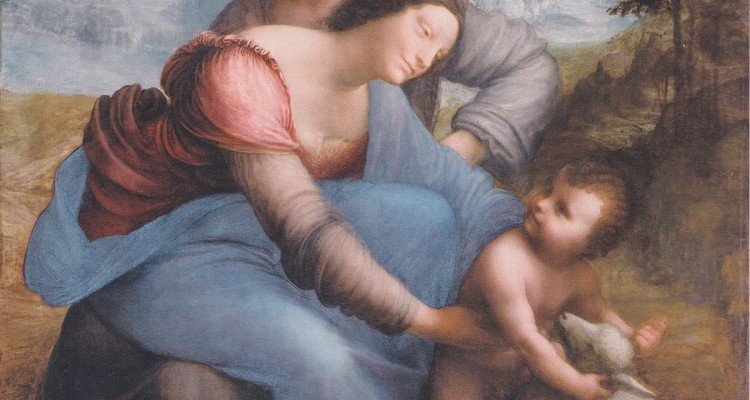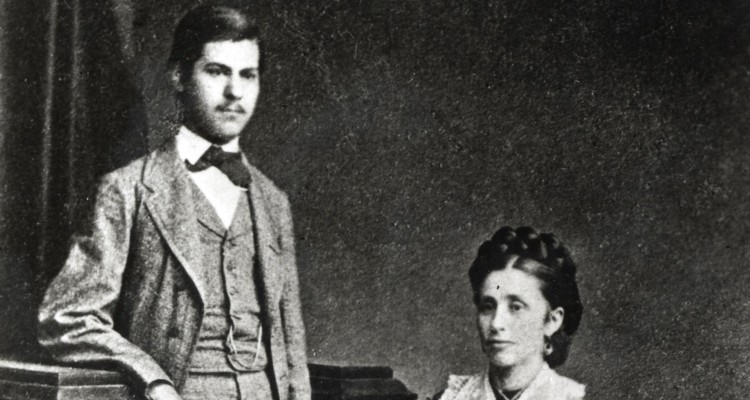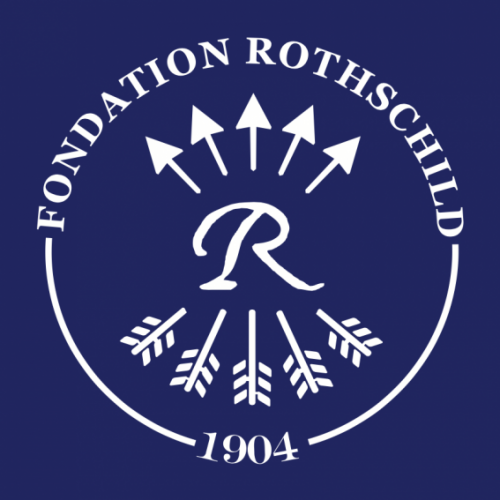Culture - Freud
After Amalia, Joel Whitebook introduces us to Freud’s second mother: the Catholic nanny who took care of him during the first years of his life and gave him the emotional support he lacked. In retrospect, it is also to this childhood acquaintance that Freud will trace his discovery of sexuality. From one mother to the other, these two portraits powerfully illuminate the problematic place that Freud gave to women in the science of psychoanalysis; and the elucidation that it calls for today by passing the life of the man Freud through the sieve of his own theory.
Anna Freud, Freud’s daughter, said that her grandmother was ‘devoted to and proud of her [son], as Jewish mothers are’. The fact is that this mother, Amalia, a superstitious Galician who spoke mostly Yiddish, had predicted that her Sigmund, on whom she projected her dreams of greatness, would become a great man. But who was the mother of the founder of psychoanalysis? And, by the way, how many mothers did he have? Joel Whitebook, the author of an intellectual biography of Freud, challenges this myth of the “good, loving mother” that Amalia would have been. K. publishes this week the first part of his analysis of Freud’s relationship to his mother figures. Next week we will meet Freud’s second mother, his Catholic “nannie”, old and ugly, but no less important for the young Freud in the midst of his sexual curiosity…
Join us
With the support of:
Thanks to the Paris office of the Heinrich Böll Foundation for their cooperation in the design of the magazine’s website.








